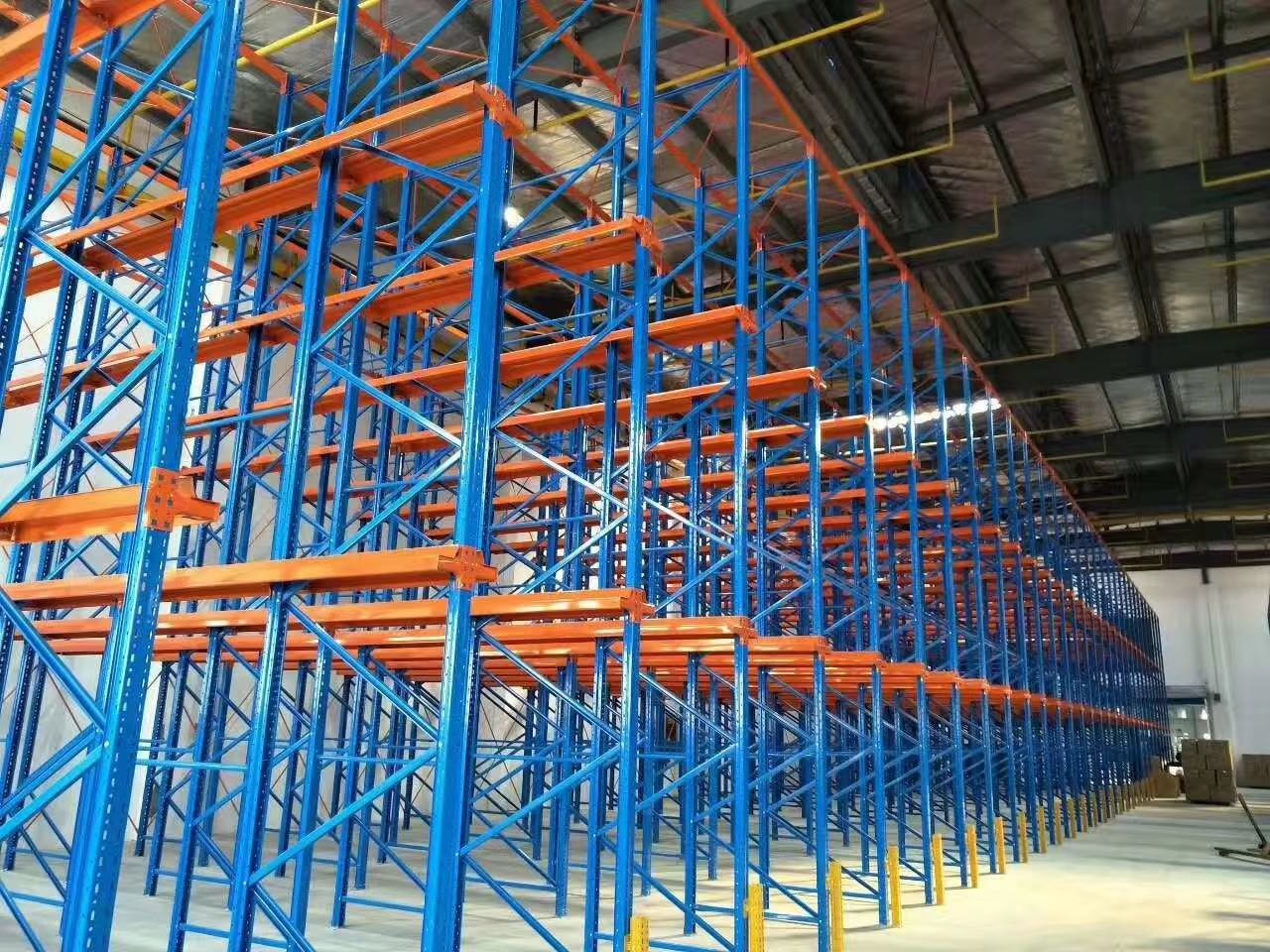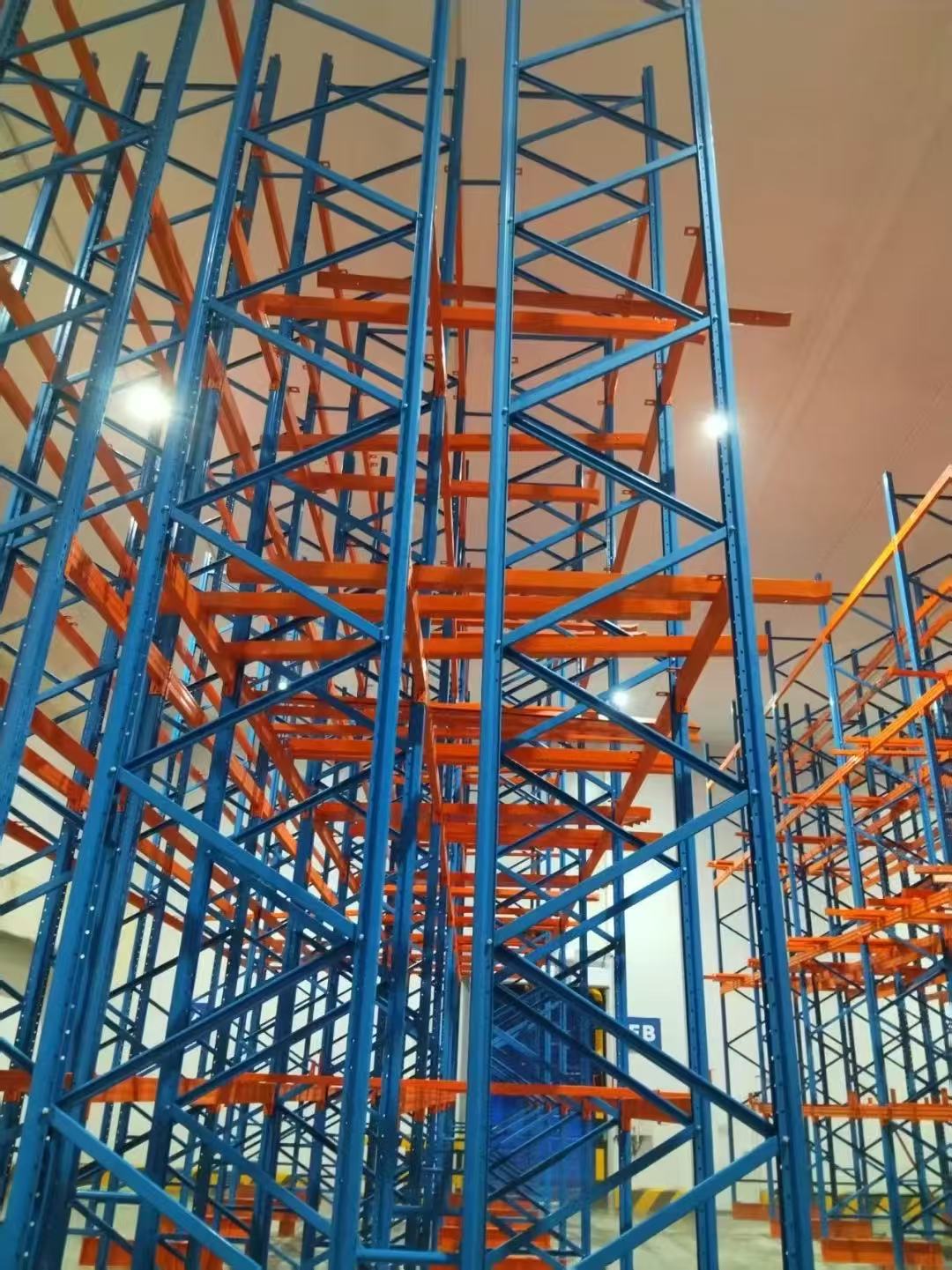In any workshop, foundry, or manufacturing environment where molds are a central part of the process, chaos is the enemy of productivity and quality. Molds, whether for casting, baking, crafting, or industrial production, are precision tools. Their improper storage can lead to damage, contamination, and significant safety hazards. This is where the humble yet critical investment in proper shelves for placing molds becomes a game-changer. More than just metal frames, these storage systems are the backbone of an organized, efficient, and safe operation. This article delves into the essential aspects of selecting and utilizing the right shelving to protect your valuable assets and streamline your workflow.

The first and most crucial consideration for any shelving unit destined to hold heavy, often delicate molds is its material and construction. Not all shelves are created equal, and the wrong choice can lead to catastrophic failure.
The most common and highly recommended material for heavy-duty shelves for placing molds is steel, specifically welded steel. Steel shelving offers an unparalleled strength-to-weight ratio, capable of supporting immense loads without bending or buckling. Look for units constructed from thick-gauge steel (often 12 to 18 gauge) with reinforced uprights and cross-bracing. The finish is equally important; a powder-coated or epoxy finish provides excellent resistance to moisture, chemicals, and corrosion, which is vital in environments where spills or humidity are common.
While wire shelving offers ventilation and is easy to clean, it is often unsuitable for molds. The wire grid can create pressure points on the mold's surface, potentially leading to cracks or deformations over time, especially for heavier items. For most mold storage applications, solid steel shelving with decking—either solid steel sheets, particle board, or reinforced plywood—is the superior choice. This provides a full, even surface of support, distributing the weight of the mold evenly and preventing any stress points.
A one-size-fits-all approach does not work for mold storage. The design and configuration of your shelves for placing molds must be tailored to the types and quantities of molds you use.
Adjustability is king. Shelving units with adjustable shelf heights are non-negotiable. Molds come in all shapes and sizes—from tall, cylindrical cores to wide, flat patterns. The ability to reconfigure the space between shelves allows you to maximize vertical storage, accommodate new mold designs, and avoid wasting valuable air space. Some systems offer boltless adjustments, allowing for tool-free reconfiguration, which is a significant time-saver.
Consider the unit's overall dimensions. Will the shelving fit in your allocated space while allowing for adequate aisle width for personnel and equipment like forklifts or carts? Furthermore, think about depth and accessibility. Deep shelves can store more but make it difficult to access molds at the back. Shallow shelves or open-backed units provide access from both sides, improving organization and retrieval times. The goal is to create a system where every mold has a designated, accessible spot.
Perhaps the most critical technical specification is the weight capacity. Underestimating the load is a severe safety risk. The total weight of molds can be deceptively high, especially when made from metals like iron or aluminum.
When evaluating shelves for placing molds, you must look at two capacity ratings: the capacity per shelf and the overall unit capacity. Calculate the total weight of the molds you intend to store on a single shelf, then add a margin of safety (at least 25%). Never exceed the manufacturer's stated weight limits. Proper load distribution is also key. Heavier molds should always be placed on the lower shelves. This lowers the unit's center of gravity, making it much more stable and less prone to tipping. Storing heavy items on high shelves creates a dangerous top-heavy situation and puts excessive strain on the shelving structure.
Well-chosen shelving is a powerful tool for optimizing your floor plan and enhancing operational workflow. Disorganized mold storage leads to time wasted searching for the right pattern, increased handling, and a higher risk of accidents.
Implementing a systematic layout with dedicated shelves for placing molds transforms this chaos into order. By grouping molds by project, type, or frequency of use, you create a logical flow. Frequently used molds should be stored on shelves between waist and shoulder height—the "golden zone"—to minimize bending and reaching, reducing physical strain on employees. This organization directly translates to time savings, allowing workers to locate and retrieve molds quickly, keeping projects on schedule and reducing downtime.
Furthermore, moving molds off the floor and onto shelving frees up immense amounts of floor space. This cleared space can be used for active work, other equipment, or simply to create safer, less cluttered aisles. The efficiency gains from a well-organized storage system have a direct and positive impact on your bottom line.

The ultimate purpose of investing in quality shelves for placing molds is to protect both your valuable equipment and your personnel. Molds represent a significant capital investment; proper storage safeguards that investment from damage.
Safety features are paramount. Ensure the shelving unit can be securely anchored to the floor or wall to prevent tipping, especially in areas with vibration or where shelves might be bumped by equipment. Lip edges on shelves can prevent molds from accidentally being pushed off. Regular maintenance and inspection are also crucial. Schedule periodic checks for any signs of damage, such as rust, cracks in the welds, or bent beams. Immediately address any issues and never use a compromised shelf.
By keeping molds securely stored on dedicated shelving, you protect them from the myriad dangers of floor storage: being kicked, knocked over, damaged by water, or contaminated by dirt and debris. This careful storage extends the life of your molds, ensures consistent product quality, and maintains a professional, safe, and efficient working environment.
In conclusion, selecting the right shelving is not an afterthought but a strategic decision. The right shelves for placing molds provide a robust, flexible, and safe foundation that enhances organization, protects assets, and drives efficiency throughout your entire operation.
 Wechat
Wechat
 Whatsapp
Whatsapp